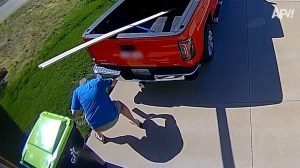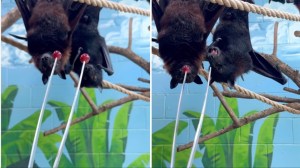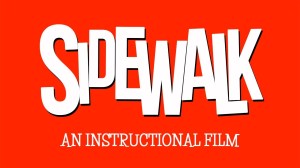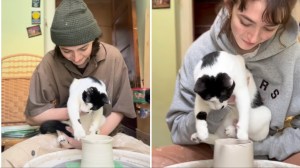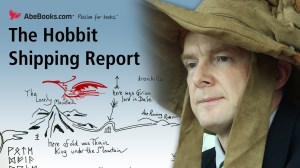In a banded episode of one of his insightful video essays, host Jack Nugent of the series Now You See It explains how stripes have been used throughout history to convey a sense of nonconformity with the way things are. This nonconformity can either be positive (childlike, jester) or negative (gangster, prison), but the interruptive nature of the design itself can evoke a definitive sense of rebellion either way.
After reading Michel Pastoureau’s “The Devil’s Cloth: A History of Stripes,” I saw an opportunity to expound upon his ideas and apply them to the movies. Once you’re on the lookout for stripes, you can see just how nicely their historical significance aligns with the significance of striped characters in the movies.


